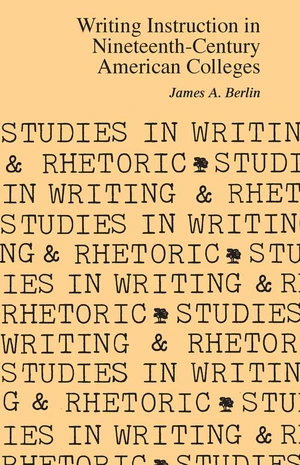Defining a rhetoric as a social invention arising out of a particular time, place, and set of circumstances, Berlin notes that âno rhetoricânot Platoâs or ArisÂtotleâs or Quintilianâs or Perelmanâsâis permanent.â At any given time several rhetorics vie for supremacy, with each attracting adherents representing variÂous views of reality expressed through a rhetoric. Traditionally rhetoric has been seen as based on four interacting elements: âreÂality, writer or speaker, audience, and language.â As emphasis shifts from one element to another, or as the interaction between elements changes, or as the defÂinitions of the elements change, rhetoric changes. This alters prevailing views on such important questions as what is apÂpearance, what is reality. In this interpretive study Berlin classiÂfies the three 19th-century rhetorics as classical, psychological-epistemological, and romantic, a uniquely American development growing out of the transcenÂdental movement. In each case studying the rhetoric provides insight into society and the beliefs of the people.
Price history
▼-34.31%
Jun 12, 2022
€19.67
Nov 24, 2021
€29.95

